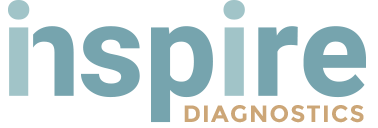Executive Summary
A quasi-consensus has emerged among many policymakers and commentators that the U.S. should continue to close schools and non-essential businesses until coronavirus testing and immunity is widespread. But there is a significant possibility that we are many months, if not years, away from meeting these thresholds. Time is of the essence, given the severe human cost of a prolonged economic shutdown.
The good news is that policymakers have an opportunity to strategically reopen the economy, by taking into account a unique feature of COVID-19: its heavy skew toward bad outcomes in the elderly and the near-elderly who also have other chronic diseases. With the proper precautions, and the deployment of tools like contact tracing, self-quarantines, and telemedicine, we can continue to protect the most vulnerable, while returning as many Americans as possible to work.
We will still need to address high-risk populations, like those in nursing homes, rehabilitation facilities, jails, and prisons. Outside of New York, nearly half of all U.S. COVID-19 deaths have taken place in nursing homes and assisted living facilities. But we are persuaded that much more can be done to reopen the economy today, thereby improving the lives of hundreds of millions of low-to-middle income Americans.


